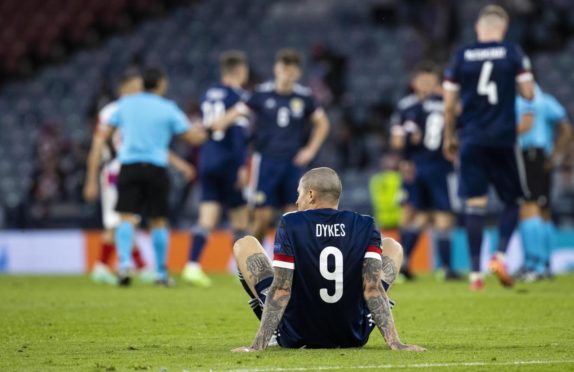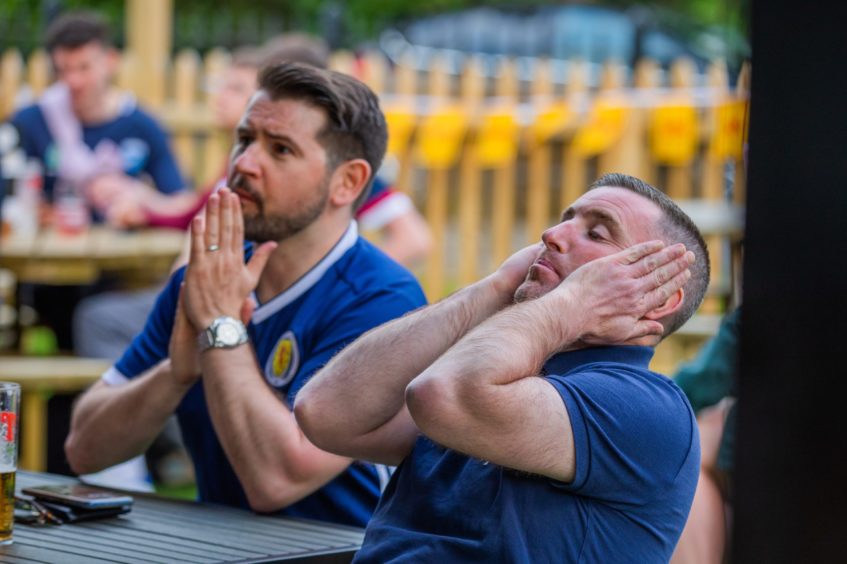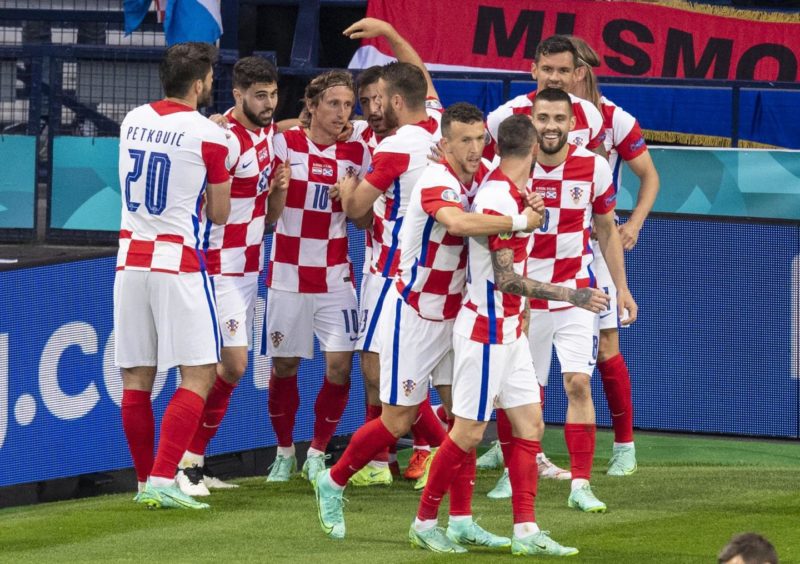Graeme Souness was a world class player, so when he said the Scotland team v Croatia played like a team from another era it was worth listening to him.
“You need to play football,” he said.
“Our defence was launching it, bypassing the midfield. We have to play more football if we’re going to progress. We were like a team from another era. Sorry if that hurts.”
It does hurt – but not as much as yet another failure to get beyond the group stage, further cementing our reputation as makeweights in the international game.
‘We played football from a different era’: Former Scotland skipper Graeme Souness launches blistering attack following his country’s Euro 2020 exit https://t.co/QVeMNLA7T3 pic.twitter.com/ZvTEjjafUK
— The Courier Sport (@thecouriersport) June 22, 2021
I’ve said before that there’s nothing in our water supply or genes to stop us producing players as good as any other country.
So why don’t we?
Football at the highest level can be an art form and, as such, players should be encouraged to express themselves and take risks from their very earliest days.
Luka Modric’s outside of the boot goal at against Scotland highlighted a master craftsman who’d long ago honed all the artfulness and subtleties which such an exquisite strike demanded.
🇭🇷 With a goal, assist & 91% passing accuracy, Luka Modrić is your Top Performer for Matchday 3 👏👏👏@FedExEurope | #EUROPZ | #EURO2020 pic.twitter.com/I46ri6TNJD
— UEFA EURO 2020 (@EURO2020) June 25, 2021
At its best, top flight football combines outstanding natural talent allied to creativity and inventiveness.
That’s something to be encouraged as children learn the game, not to be knocked out of them as has too often been the case in Scotland.
I do sense that there’s been a sea change in coaching methods and that we are seeing some progress from a new generation of players.
However, we’re still playing catch up and paying the price for allowing too many egotists to oversee the development of our game from boys’ club level to the professional game.
Practice makes perfect and too many coaches and clubs and players have failed to work hard enough at the game, or been as open-minded and experimental as they should have been.
A deadly combination of killjoys who’ve knocked the spirit and joy and invention out of too many young players, and too many young players who’ve not put in sufficient hours or had the ambition or discipline required to hit the greatest heights, have cut us adrift from the top football nations.
Richard Wilson, the host of the podcast ‘The History of Yugoslav Football’, has written extensively on how Croatia develops its young players.
He says that it’s in the 16 to 22 age bracket where they are ahead of us and arguably every other small nation because of the pathways they use in developing players.
He makes the point that while Scottish players ‘stagnate’ in youth football by not getting senior football experience, their Croatian counterparts at Dinamo Zagreb for example are getting that very experience by sending their youngsters out on loan to ‘play proper football against proper men’ in other leagues in other countries, or at least playing in their seconds sides in their second tier.
In which case it’s surely worth our while looking in depth at their system and how they manage to compete so effectively against countries many times larger and richer.
At Hampden Croatia also showed athleticism in its truest form; not just players who could run all day-although they could, but players with supreme deftness of touch and control, along with lithe, supple, and flexible movement.
Too many Scottish players still look like they’ve got a rod up the back of their shirts compared to opponents who look almost balletic in their fluency and body motion.
Croatia had all the traditional qualities of aggression and strength, but they also have characteristics which we seem to lack; they skip through their passing moves with a fluency which evades us, and play with a tempo and pace which makes us look pedestrian by comparison.
They appear to glide around the pitch with an ease which leaves many of our players looking leaden footed.
Specialists in the science of body movement will know how it’s done, but allied to a smarter tactical approach and better all round reading of the game, the Croatians left us despite all our huff and puff looking on like spectators at times.
A nation of just over four million souls, they’ve appeared in a World Cup final and a semi final as well as reaching the quarter finals of the European Championships twice.
That Croatia win meant everything to Modric ❤️🇭🇷
(via @EURO2020)pic.twitter.com/2husiz4Z1f
— ESPN FC (@ESPNFC) June 23, 2021
In midweek in Luka Modric they had a puppet-master midfielder pulling the strings and setting the narrative of the play.
Our two front men Adams and Dykes despite their honest effort and toil were insufficiently lethal at this level where chances come infrequently; Vlasic and Perisic showed them the kind of clinical finishing that is required.
There are bright spots on the horizon with Tierney and Robertson and the emergence of Gilmour, but we need to be more positive and less tentative in games.
There’s nothing glorious about our ongoing failure, yet we seem to have developed a nasty habit of seeing it as somehow pre ordained.
We’ve heard a hundred times after matches that we must learn lessons, but we always fail our exam.












